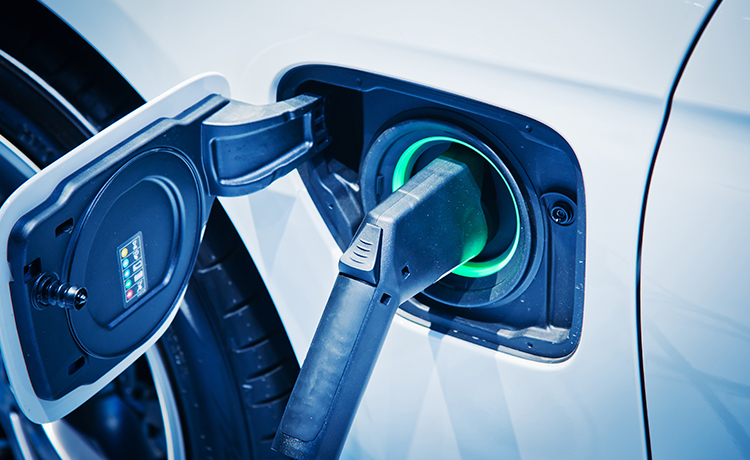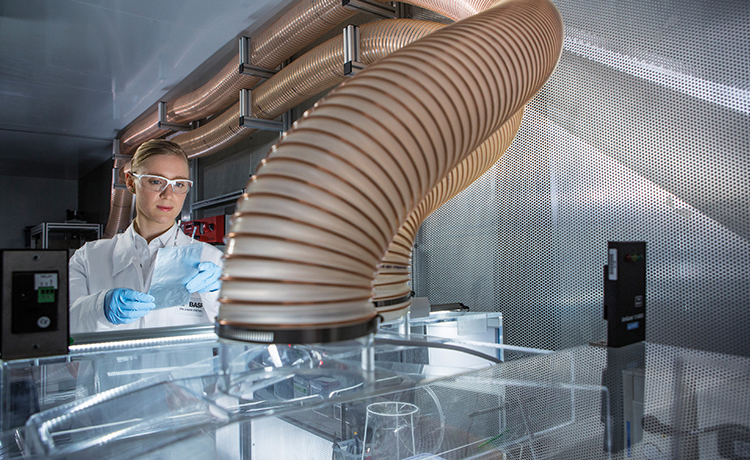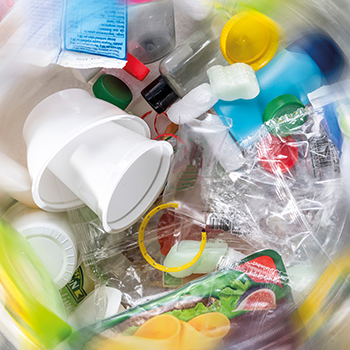Story
Sustainable mobility: “I want to meet my children’s expectations of a future worth living.”
“Going once, going twice, going third, sold!” It is not only works of art, but also car registrations that are auctioned in Shanghai. The city of Shanghai has been holding auctions for car registrations to control and limit the number of cars for some 20 years now. The winners are those who are quick and lay the right bids on the online auction table, which sometimes are close to the cost of a small-size car.
Auctions and lotteries for license plates in Shanghai and Beijing, bicycle-friendly policies, such as those in Copenhagen, and the spectacular urban cable railway network in Bolivia’s capital La Paz – cities round the world are becoming increasingly inventive to be cleaner, greener, more flexible and quieter.
Advancing sustainable mobility
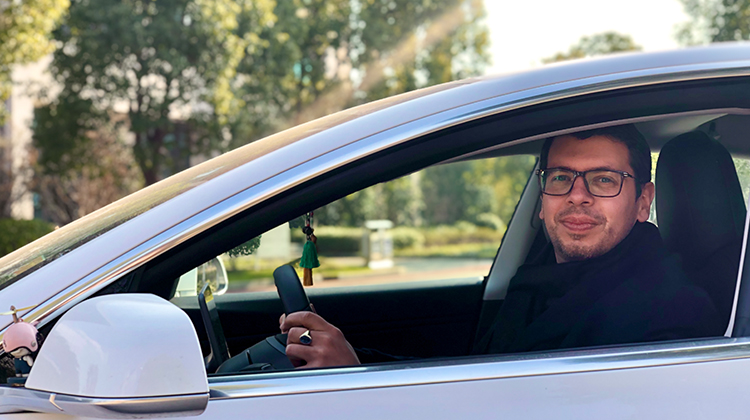
Having worked for BASF in Shanghai since 2015, Dr. Sven-Oliver Jungklaus has been able to form his own impression. “When I arrived in Shanghai with my family seven years ago, I was overwhelmed by the energy and pulse of this megacity. But the smog was unpleasant, the air was often hazy, and the skyline was hidden by a cloud of fine dust. But that has changed. The air quality now is better and that is also due to more electric cars on the road, which can be recognized by their green-colored license plates,” he says. The city of Shanghai has made great efforts to reduce emissions. And they have introduced incentives to get their residents to switch to electric cars.
The air quality now is better and that is also due to more electric cars on the road
How can mobility be made more sustainable? How can traffic be made better for everyone, with fewer traffic jams, less air pollution, and less noise? These are the questions that drive Sven-Oliver Jungklaus. That’s not only because it is his job at BASF, but also because he wants his children to grow up in an intact world. Jungklaus had worked for several years in global marketing for battery materials at BASF before taking over the leadership of the global integration of BASF Shanshan Battery Materials in China several months ago. Since August 31, 2021, BASF and Shansan, a provider of lithium-ion battery materials, are shareholders in the company, which is majority-owned by BASF (BASF 51%; Shanshan 49%). “BASF is now one of the few truly global producers of battery materials with production sites in Asia, Europe and United States. That is a milestone for our customers and for us,” says Jungklaus.

Electromobility is the key technology enabling a change of direction
Many countries around the world have not only committed to combat climate change but have also set ambitious climate targets for transportation. China, for example, introduced its “Energy-saving and New Energy Vehicles Technology Roadmap 2.0” in 2020. Among other things, it calls for a reduction in CO2 emissions from the car industry of 20 per cent by 2035 compared with 2028. With its climate package “Fit for 55,” the European Union plans to reduce CO2 emissions from new cars by 55 percent by 2030 compared with 2021, and new cars should be emission-free starting in 2035.
Starting
2035
new cars should be emission-free
Electromobility is the key technology for realizing these plans. Many automotive manufacturers have created their own strategic roadmaps for electric cars. As a global chemical supplier to the automotive industry, BASF wants to profit from this development. BASF forecasts that more than 30 percent of all new cars on the road will be electric or plug-in hybrids by 2030 and that 70 percent of global demand will come from China and Europe alone. China has developed into one of the most important markets for electric cars in the last ten years.
Cathode active materials make the difference, exploiting the full potential of electric car batteries
Batteries are at the heart of electric cars. They will determine if electric cars catch on as quickly as governments worldwide are planning.
The modern lithium-ion battery powering most electric cars functions in principle like the very first battery in the world, built by the Italian Alessandro Volta in his lab around 1800. A battery consists of the anode and the cathode. Between them, a special fluid called the electrolyte, allows electrically charged ions to move from one electrode to the other. This is all about chemistry and that is where the researchers at BASF come into play.

The potential of the classic lithium-ion battery is far from being fully exploited. Researchers at BASF are working tirelessly on the next improvements in battery technology. Xiao Hang Liu is one such researcher. He is an expert specializing in cathode materials, who joined BASF nine years ago directly after graduating from the University of Maryland College Park in the United States. He is now working at BASF Shanshan Battery Materials.
It’s the cathode materials that make the difference.
While testing cathode materials in the lab, Liu analyzes the data. “It’s the cathode materials that make the difference,” he explains. “The cathode material is decisive in determining the performance, life expectancy, safety and costs of a battery – all critical parameters for electric cars,” he says.
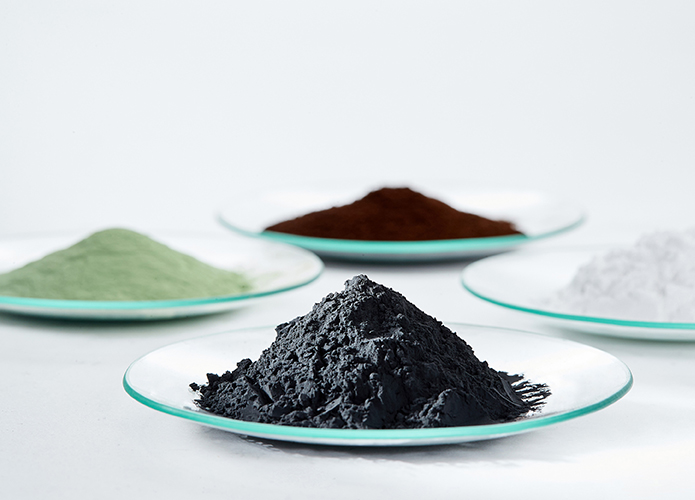
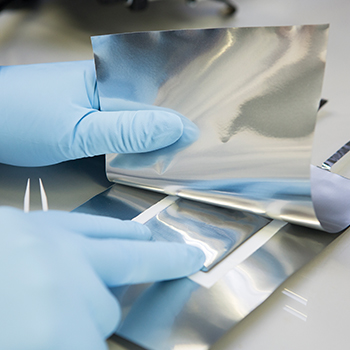
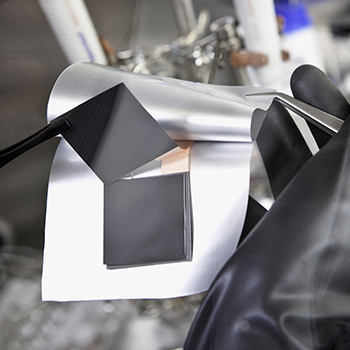

Roughly 40 percent of the material costs of battery cells are attributable to the cathode materials. “We need to know how the cathode behaves in relation to the other parts of the battery,” says Liu. That’s why he is continually in contact with other global research teams as well as with customers of BASF. “Our customers are battery cell manufacturers. But car manufacturers are also very interested. They tell us exactly what they need, and how their batteries should perform. We then try to meet their specifications,” he reports.
Liu is happy that his work directly influences the attractivity and acceptance of electric cars. “The materials we develop in the lab are critical for the future of electromobility.” He is equally enthusiastic when it comes to electric cars: “When you think of the impacts an electric car can have: they can help make the world cleaner, reduce CO₂ emissions, … is there any reason not to be excited?” he asks.
Giving old batteries a new life: Battery recycling
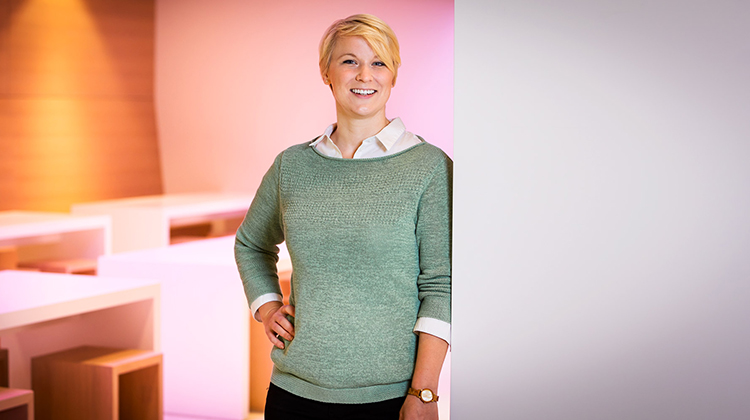
Performance and battery life alone are not sufficient to make electromobility sustainable. “The carbon footprint from the production of the components and the recyclability of the metals used in such batteries are just as important,” says Kathrin Michel, Lab Team Leader for the research of battery materials at BASF.
Lithium, cobalt, nickel, manganese, and aluminum – all indispensable materials for batteries – but some of them could become scarce either because the supply is finite, the materials are expensive to source, or the way they are procured is a subject of criticism, for example, cobalt.
BASF procures responsibly
As a global company, BASF is responsible for the careful management of its supply chains and cooperates with suppliers and partners to procure raw materials responsibly. BASF, for example, actively supports sustainable cobalt mining. Cobalt Initiative (basf.com)
Furthermore, BASF was co-founder of the Global Battery Alliance in 2017. The Alliance, with almost 100 members, aims to develop standards and instruments to design battery value chains in a socially responsible, ecologically and economically sustainable, and innovative manner. Global Battery Alliance
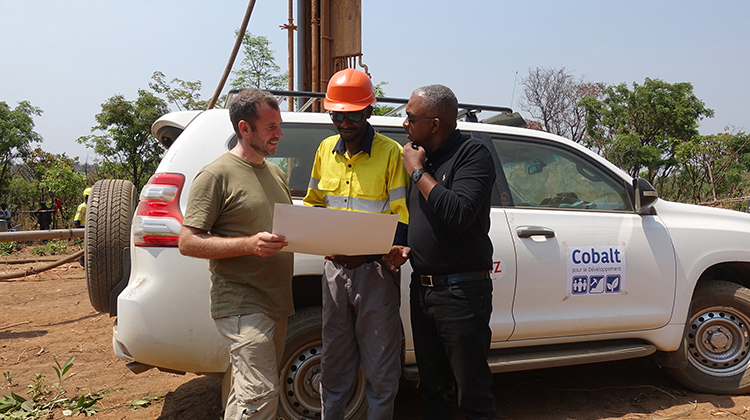
“If we want to produce batteries sustainably, we need to able to answer the following questions: How can we reuse car batteries that are currently being disposed of? How can we integrate them back into the supply chain to produce new batteries?” says Michel. BASF is working on solutions in research, which are tested, for example, in Schwarzheide, Germany.
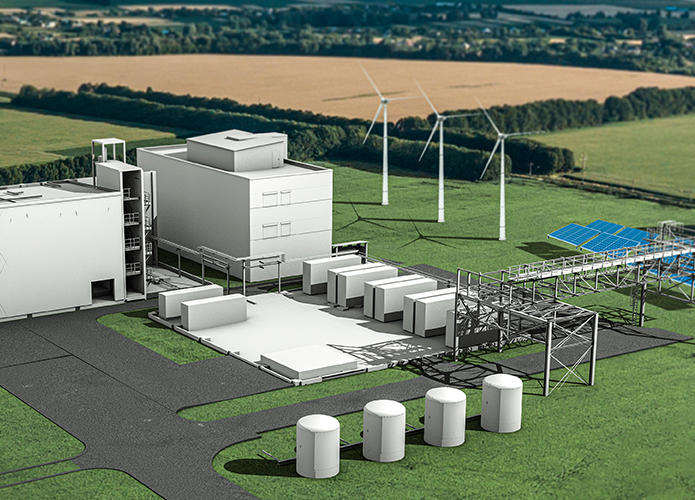


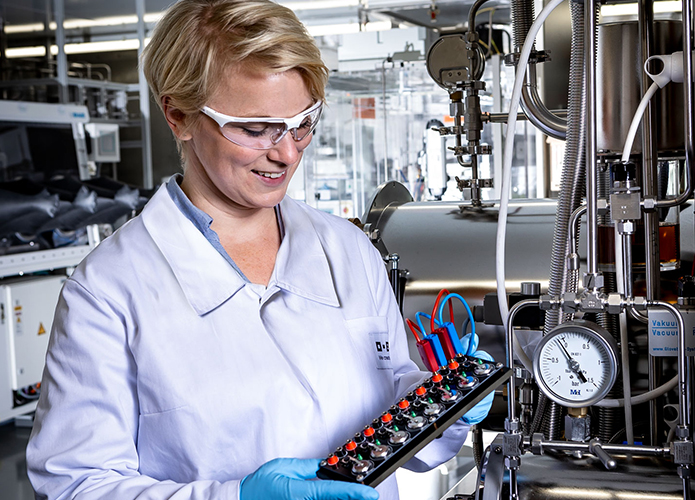
BASF is currently building a new battery recycling prototype plant in Schwarzheide, with a planned startup for early 2023. Metals such as lithium, nickel, cobalt and manganese will be extracted and used again in the production of new batteries. In this way the principle of the circular economy is also integrated in the development of sustainable electromobility.
There is so much more to discover and understand.
Kathrin Michel is fascinated by the chemical properties of the materials she works with. She wants to pass on her enthusiasm for chemistry to the younger generation. “There is so much more to discover and understand,” says Michel.
Sustainable electric mobility – More than high-performance batteries
While Kathrin Michel is researching in a lab in Ludwigshafen, Dr. Sven-Oliver Jungklaus is working on the integration of BASF Shanshan Battery Materials in China, which passed the first 100-day mark in December. “Integration is not an easy task, but our goal is clear: We want to strengthen our position in the cathode materials market and win over customers in China and around the world,” says Jungklaus. To be even more successful, the global integration team is working on the development of its own new culture.
Advancing sustainable electromobility at BASF is not only about supporting switching from conventional to electric drive with battery materials. “Sustainable electromobility at BASF is also about using energy efficient production processes, procuring raw materials responsibly, recycling batteries, and having a low carbon footprint,” says Jungklaus.
He is quite certain that sustainability for his children will be a guiding principle not only in the area or transportation. “My family and I are strongly rooted in agriculture and forestry. That’s why our children are naturally interested in sustainability topics, which we discuss quite intensively, for example in the course of ‘Earth Days’,” explains Jungklaus. His children regularly remind him that he should save water and paper and recycle wherever possible. “My children expect me to ensure a sustainable future. I think that’s good, and I want to meet that expectation,” says Jungklaus.




